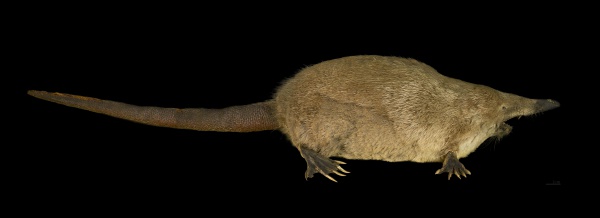Facts About Russian desman
The Russian desman is a captivating little animal that thrives in the Volga, Don, and Ural River basins across Russia, Ukraine, and Kazakhstan. This small, semiaquatic mammal prefers to build its burrows along the banks of ponds and slow-moving streams, particularly in areas rich in insects, crayfish, and amphibians. These social animals typically live in small groups and possess a complex communication system.
Belonging to the mole family Talpidae and classified under the order Soricomorpha, the Russian desman may resemble a muskrat but has distinct characteristics. Nearly blind, it relies heavily on touch-sensitive organs on its snout, known as Eimer's organs, to navigate its surroundings. Perfectly adapted to an aquatic lifestyle, it has webbed hind feet and a laterally flattened tail. It is also the largest mole species, measuring about 18-21 cm in body length and weighing between 400-520 grams. Due to its highly valued fur, the Russian desman is legally protected in Russia. Unfortunately, its numbers are declining because of habitat loss, pollution, illegal fishing, and invasive species.
Researchers are diligently working to understand the distribution and habitat needs of the Russian desman to support its conservation. While some regions in Russia have reported slight increases in desman populations, the overall trend remains troubling, indicating a decline. The main threats to this species include habitat destruction, pollution, and competition from other species. Protecting the Russian desman requires ongoing efforts to address these challenges and ensure its environment remains sustainable.

 Poland
Poland